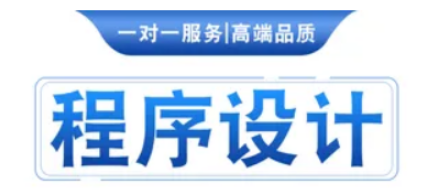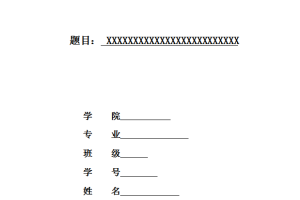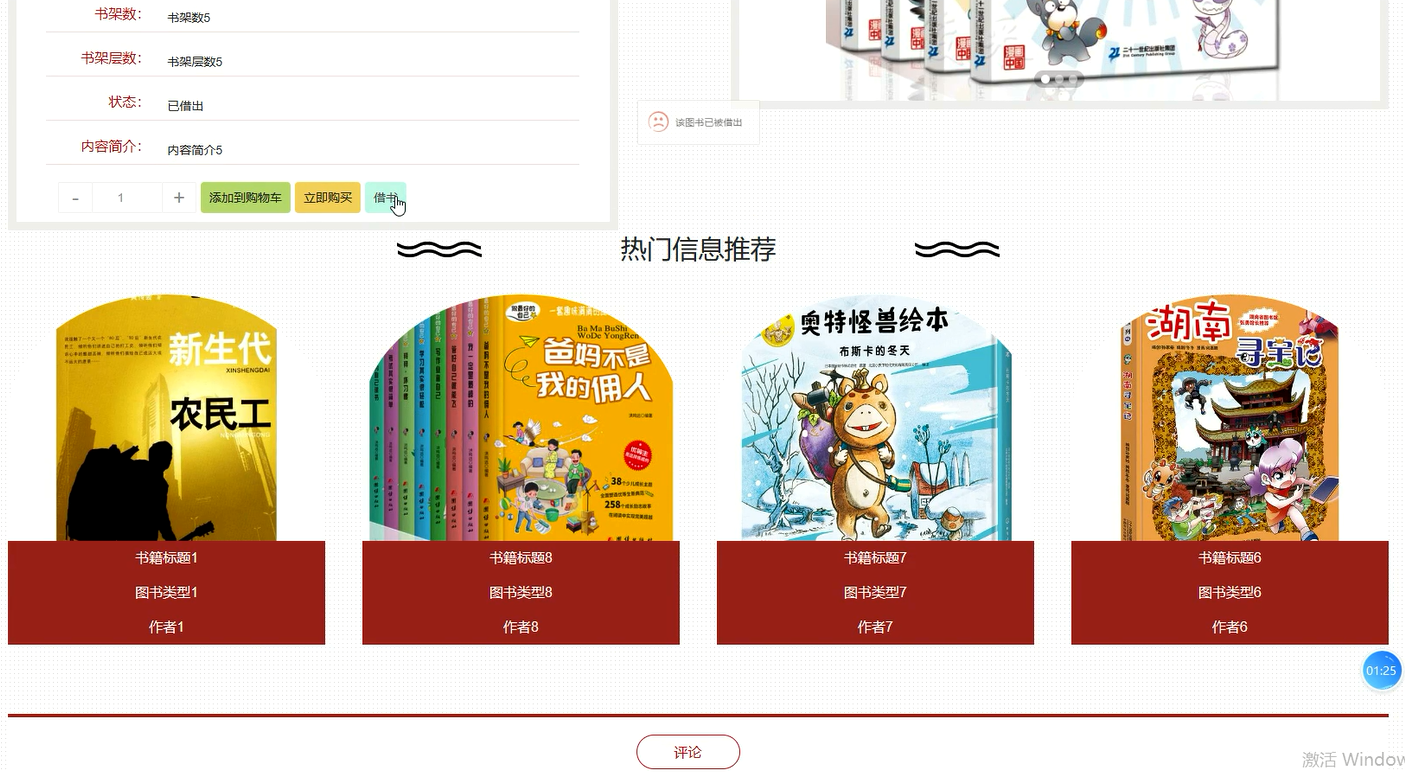采购成本控制是企业发展对采购管理的要求。通过控制采购项目成本可以完善企业的内部经营机制,提高公司的经营管理水平和经济效益,有利于提高成本管理工作的效率,有利于公司的竞争能力,使其走上制度化和法制化的轨道。通过控制采购项目成本可以降低公司的产品成本,使企业在激烈的市场竞争中永远立于不败之地。
本文通过对采购过程及采购成本的分析,得出在市场经济条件下价值规律,供求关系、竞争机制使采购成本处在各种抉择关系的焦点,采购成本控制是不断变化的国际市场的要求。阐述了采购成本降低的方法,然后对降低采购成本的实施步骤进行了描述。并对采购过程和供应商关系维护提出了对策。只有真正运用这些降低采购成本的方法和供应商的良好关系,才能使采购成本控制行为已成为公司的一项重大战略,使公司在一个快速变化的新世界和新经济秩序中生存与发展。
关键词:采购成本,供应商,平衡
Abstract
Procurement cost control of enterprise development is the requirement of purchasing management. Through the control of purchasing cost can improve the enterprise’s internal management mechanism, improve the company’s management level and economic benefits, is beneficial to improve cost management efficiency, the benefit of the company competition ability, make it onto the institution and the legalization track. By controlling the project cost can be lowered the cost of the product, so that enterprises in the fierce competition in the market forever remain invincible.
This article through to the procurement process and analysis of purchase cost, obtained under the conditions of market economy the law of value, supply and demand, competitive mechanism makes purchasing cost in a choice between focus, procurement cost control is the changing international market requirements. Elaborated the purchase cost reduction method, and then to reduce the procurement cost of implementation steps are described. And the purchasing process and supplier relationship maintenance countermeasures were put forward. Only use these to reduce procurement cost method and suppliers to the good relations, can make the procurement cost control has become an important strategy for the company, the company in a rapidly changing world and the new economic order in the survival and development.
Key words:Cost of purchasing, Supplier, Balance
目 录
中 文 摘 要……………………………………………………………………………… 12
1、 企业采购现状…………………………………………………………………………. 15
1.1、采购成本控制现状分析………………………………………………………………. 15
1.2、供应商管理与维护现状分析…………………………………………………………… 15
2、 采购成本控制分析……………………………………………………………………… 16
2.1、采购的原则……………………………………………………………………….. 16
2.2、采购的方式……………………………………………………………………….. 16
2.2.1、分散采购……………………………………………………………………. 16
2.2.2、集中采购……………………………………………………………………. 16
2.2.3、集中与分散采购相结合…………………………………………………………. 17
2.3采购活动的内容……………………………………………………………………… 17
2.3.1、制定采购计划………………………………………………………………… 17
2.3.2、寻找货源……………………………………………………………………. 17
2.3.3、选择供应商………………………………………………………………….. 17
2.3.4、组织进货……………………………………………………………………. 17
2.3.5、采购绩效评估………………………………………………………………… 17
2.4、采购价格分析……………………………………………………………………… 18
2.4.1、影响商品价格的因素…………………………………………………………… 18
2.4.2、供应商的价格制订…………………………………………………………….. 18
2.4.3采购成本分析………………………………………………………………….. 21
2.4.4、降低采购成本的方法…………………………………………………………… 22
3、供应关系维护与管理…………………………………………………………………….. 26
3.1、供应商考核………………………………………………………………………. 26
3.1.1、品质……………………………………………………………………….. 26
3.1.2、交期……………………………………………………………………….. 26
3.1.3、价格……………………………………………………………………….. 26
3.1.4、支持度……………………………………………………………………… 26
3.2、供应商现场审核……………………………………………………………………. 26
3.2.1、生产过程控制………………………………………………………………… 26
3.2.2、仓库管理……………………………………………………………………. 27
3.2.3、进货检查……………………………………………………………………. 27
3.2.4、不合格品的管理………………………………………………………………. 27
3.2.5、设计和开发管理………………………………………………………………. 27
3.2.6、工程管理……………………………………………………………………. 27
3.2.7、设备管理……………………………………………………………………. 27
3.2.8、变更管理……………………………………………………………………. 27
3.2.9、供应商管理………………………………………………………………….. 27
3.2.10、追溯性管理…………………………………………………………………. 28
3.2.11、计测量管理…………………………………………………………………. 28
3.2.12培训管理…………………………………………………………………….. 28
3.2.13、文件控制管理……………………………………………………………….. 28
3.2.14、出货检査…………………………………………………………………… 28
3.3、与供应商建立合作伙伴关系………………………………………………………….. 28
参考文献………………………………………………………………………………… 31





